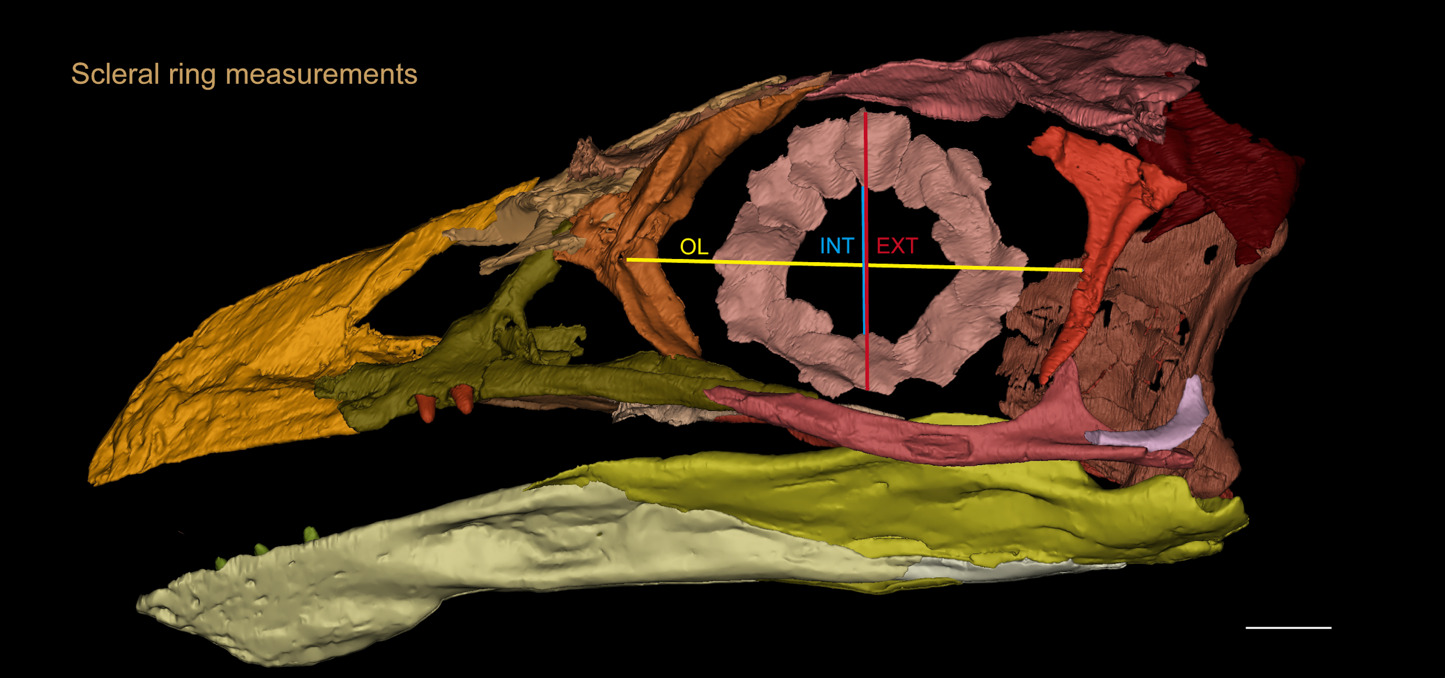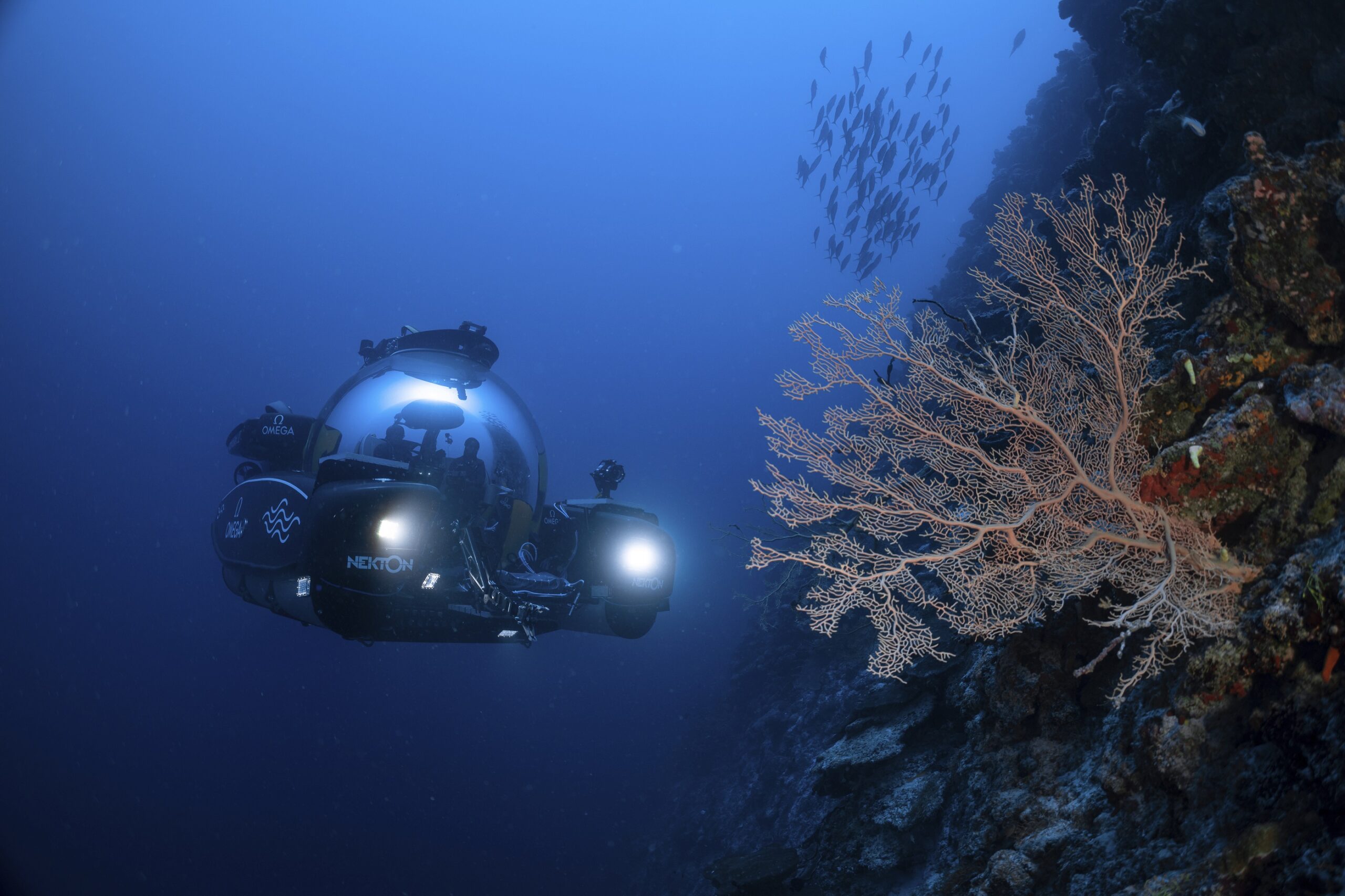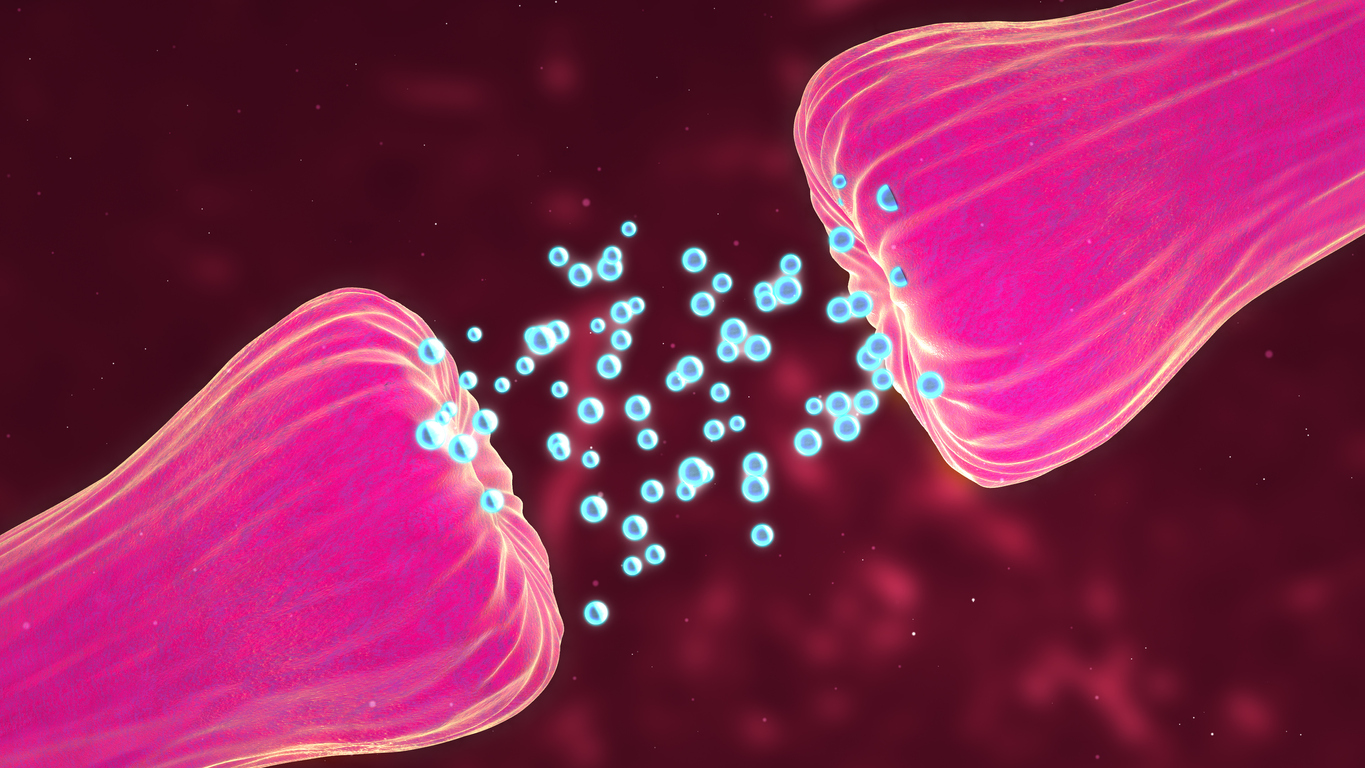Interested in knowing what makes a shark a shark? There are generally 5 anatomical characteristics of a shark.
- Cartilage Skeleton
- The presence of dermal denticles.
- Perfectly designed jaws with incredible strength.
- A highly efficiently liver.
- The unique anatomy of its tail.
Even though there are around 520 different shark species in the ocean, they all have the same basic anatomy. Sharks are distinguished from other aquatic animals such as whales and dolphins by their unique anatomy, which has evolved over an incredibly long period of time.
The main characteristics of a shark can be used to shed light on the evolutionary adaptations that have led to sharks’ current role as perfect predators.
Despite the fact that sharks come in hundreds of different species, they have a number of common traits with their closest relatives, rays and chimaeras.
Although the vast majority of sharks have fusiform bodies, this is not always the case. Sharks’ bodies come in such a broad variety of sizes, forms, and colours that it can be difficult to tell them apart from other species with similar appearances.
![What are 5 characteristics of a shark? [2022] 1 tiger-shark](https://news.scible.com/wp-content/uploads/2022/06/tiger-shark-1024x660.jpg)
Sharks have cartilage skeletons rather than bone.
The cartilaginous tissue, often known as cartilage, makes up the shark’s skeleton. As a result of this feature, they are buoyant, floating in the ocean without effort.
Sharks, unlike humans and the vast majority of land animals, have cartilage-based skeletons rather than bone-based skeletons. They can swim at tremendous speeds through the water because their bones are formed of cartilage.
Sharks may have had bones in the past, but the fossil record suggests that around 250 million years ago, they transformed into cartilaginous carnivores.
As cartilage is less dense than bone, it aids in floating, making it responsible for shark’s speed and power. However, a skeleton made mostly of cartilage also has other advantages.
This cartilage makes a shark’s jaw far more flexible. They can open their jaws far wider than they could with an inflexible jawbone, allowing them to bite faster and more ferociously.
Cartilage may be more vulnerable to damage than bone because it is softer, however it also recovers much more quickly than bone.
Because cartilage allows for indefinite growth, sharks have evolved to be among of the ocean’s largest and most dangerous predators.
There have been many medical claims about the health benefits of shark cartilage, however, there has yet to be any conclusive evidence that this is the case.
Dental denticles on the skin.
Because sharks lack bones, the dermal denticles, which are tiny scales that resemble teeth, cover their skin. Sharks benefit from these structures because they not only make swimming easier and conserve energy, but they also protect the sharks from harm and a variety of aquatic environmental variables.
The coordinated structure of these denticles minimises sliding resistance while also improving water distribution throughout the body. Sharks are the only fish that continuously produce denticles throughout their lives, making it uniquely one of the characteristics of a shark.
Sharks have perfectly designed jaws and teeth.
Shark’s have numerous rows of teeth, with pointed teeth on the bottom and triangular teeth on the top. These were created primarily for the purpose of killing and consuming prey. Sharks with up to fifteen rows of teeth in each jaw have been reported and so their teeth and jaws are very defining characteristics of a shark.
One of the most striking characteristics of a shark is it’s freightening jaw and teeth.
Sharks lose one tooth every week on average over their lifetime. If the conditions are favourable, they may develop a new tooth the next day. Sharks do not get cavities; instead, they just shed their teeth when needed. When a young shark’s tooth growth is complete, he will break from his mother and go on his own in search of food. To survive in the sea on their own, sharks rely largely on their teeth for protection.
![What are 5 characteristics of a shark? [2022] 2 Great White Shark Jaws](https://news.scible.com/wp-content/uploads/2022/06/Great-White-Shark-Jaws.jpg)
Some sharks don’t have the same terrifyingly sharp teeth as others. Because their jaws lack traditional shark teeth, the whale shark and the basking shark are unique shark species. Instead, they feed plankton with filters in their huge mouths that work similarly to whale filters. They have about 3,000 small teeth that are used to filter the digestive tract rather than for feeding.
Shark teeth, like human teeth, contain dentin, a type of soft tissue similar to other types of soft tissue. Their teeth are also covered in a thick enamel similar to that found on human teeth. Shark teeth are substantially sharper than human teeth, despite the fact that both are quite resilient.
Many researchers use historic shark teeth as a source of knowledge while researching the characteristics of a shark and shark ancestors. The number and type of teeth a creature possesses can disclose information about its size and the food it eats.
The extinct megalodon shark had teeth that were three times the size of a great white shark’s. Megalodon teeth are regularly recognised as some of the most lucrative and desirable options when it comes to purchasing, selling, and collecting shark teeth.
Because shark teeth are exceptionally sharp and can survive a lot of wear and tear, they have been utilised as weapons and spearheads for thousands of years, making them defining characteristics of a shark, but also a usefyl tool for people. They were also used to chop wood, cut food, and dig. Despite their frightening appearance, shark teeth have been proved to be beneficial to both sharks and humans.
The Efficiency of Shark Livers.
One of the most amazing characteristics of a shark is it’s incredible liver. The livers of sharks differ significantly from those of other animals. It takes up a lot more space inside their bodies and does a lot more work than simply facilitating digestion.
Size of a shark’s liver
The livers of sharks are much larger than the livers of almost all other vertebrates. Sharks that live near the seafloor have livers that account for about 5% of their total body weight. Open-water sharks have larger livers, which can account for up to 25% of their total body weight and up to 90% of their body cavity.
How does a shark’s liver help with digestion?
The liver of a shark, like that of most other animals, aids digestion and serves as a filter. It helps to purify the blood by filtering out trash and storing vitamins absorbed from the shark’s meal. It also helps the shark convert that meal into energy and develop fatty reserves to provide energy.
Shark’s liver and Buoyancy
Despite the fact that digestion is an important part of the liver’s function, the large size and oiliness of a shark’s liver is not purely for this purpose. Squalene, a lighter oil, floats on top of the water. Sharks, unlike many other fish species, have bodies that are naturally denser than water and lack a swim bladder that can be inflated with air. Due to the oil’s ability to impart buoyancy to the shark’s body, the shark is able to avoid sinking.
To breathe, sharks must constantly move their bodies through the water, and their buoyancy is critical to their ability to do so while staying off the ocean’s bottom. If sharks didn’t have access to the oil, they’d have to spend more energy swimming and maintaining their buoyancy than they could eat.
The amount of oil in a shark’s liver
The amount of oil in shark livers varies, and it is proportional to the size of the liver; the larger the liver, the more oil there is to keep the sharks buoyant. This makes the very large oil-filled liver a defining characteristic of a shark.
As sharks have some of the largest oily livers, shark species like the deep sea shark and the basking shark are responsible for a significant portion of the oil that is then used for medicinal purposes. A basking shark that weighs over 2,100 pounds can produce about 550 gallons of oil.
![What are 5 characteristics of a shark? [2022] 3 shark](https://news.scible.com/wp-content/uploads/2022/06/shark-1024x683.jpg)
The unique anatomy of its tail and fins.
When discussing the characteristics of a shark it’s hard to not mention their tails and fins. Their tails can take on a variety of shapes because each one is tailored to the shark’s physiology, environment, and more. Each lobe has an upper and lower lobe, as well as a depression in the precaudal region. This gives rise to the term “heterocercal tail,” which describes a tail with a spine that extends to the superior fin’s tip in some circumstances.
The tail of the creature acts as a propeller within the body. It propels itself through the water by swinging its tail forth and backward, generating upward propulsion by forcing water around its fins.
The propulsion, velocity, and acceleration all determined by the shape of the caudal fin; nevertheless, some sharks have changes to the tail are made for reasons unrelated to swimming. For instance, bioluminescence is produced by the top and bottom tail lobes of the Cookiecutter shark (Isistius brasiliensis) to attract possible prey.
The various varieties of caudal fins that can be categorised as follows:
Common sharks
The upper tail lobe is longer than the lower tail lobe, which is shorter and curls upward at an angle. The tails of sharks belonging to the Carcharhinidae family and those belonging to the genus Alopias are strikingly similar. Thresher sharks, on the other hand, have developed a powerful weapon in the form of a tail that may paralyse its prey.
Angel Sharks.
These sharks can quickly push themselves into the air while attacking prey from below because their lower half is larger than their upper half.
Fast swimmers.
The tails of these sharks resemble a crescent because the upper and lower lobes are the same size and shape. The precaudal pit is also enlarged by the presence of lateral keels. Sharks like the whale shark (Rhincodon typus), basking shark (Cetorhinus maximus), and lamniform sharks benefit from this as it allows them to swim quicker and more efficiently.
Squalus and Cirrhigaleus sharks.
The spine extends through the top lobe at a shallower angle than the lobe itself, allowing it to move faster despite the fact that the upper half of the tail is longer than the bottom half.
Benthic Sharks.
The upper lobe of the tail is longer than the lower half and is at an angle to the body. As a result, their swimming speed and motions aren’t particularly impressive. They tend to swim in the water similar to how eels do.
Despite the fact that shark tails come in a wide range of forms and sizes, there has been relatively little comprehensive research on their morphology or evolution in connection to how they survive.
Many shark species’ tails can be seen in this image, and by analysing the shapes of those tails, you may get a broad indication of how effectively those sharks swim.
Conclusion.
The characteristics of a shark that set it apart from other animals tends to vary based on the species. However there are certain similarities across species such as their amazingly efficient livers, and perfectly designed jaws.
Sharks are some of the coolest and striking creatures in the ocean that have spawned countless stories and fascinated researchers since their discovery.
We are likely to keep learning new and fascinating things about these creatures as more and more marine biologists study them.
![What are 5 characteristics of a shark? [2022] 4 majestic great white shark](https://news.scible.com/wp-content/uploads/2022/06/majestic-great-white-shark-1024x754.jpg)
Found our post “What are 5 characteristics of a shark?” article interesting? Find more educational resources like this and all the latest science news on Scible News.
References & Resources.
How many shark types are there? explore all types of shark. Discovery UK. (2022, April 8). Retrieved June 2, 2022, from https://www.discoveryuk.com/sharks/how-many-shark-types-are-there-explore-all-types-of-shark/
Michael Heithaus Executive Dean of the College of Arts. (2022, February 21). Why do humans have bones instead of cartilage like sharks? The Conversation. Retrieved June 2, 2022, from https://theconversation.com/why-do-humans-have-bones-instead-of-cartilage-like-sharks-170526
Shark cartilage. Shark Cartilage – Health Encyclopedia – University of Rochester Medical Center. (n.d.). Retrieved June 2, 2022, from https://www.urmc.rochester.edu/encyclopedia/content.aspx?ontenttypeid=19&contentid=SharkCartilage
Biomimicry Shark denticles. Smithsonian Ocean. (2018, May 18). Retrieved June 2, 2022, from https://ocean.si.edu/ocean-life/sharks-rays/biomimicry-shark-denticles
A shark’s infinite regeneration of teeth: Florida Museum. (2020, January 28). Retrieved June 2, 2022, from https://www.floridamuseum.ufl.edu/sharks/blog/a-sharks-infinite-regeneration-of-teeth/








